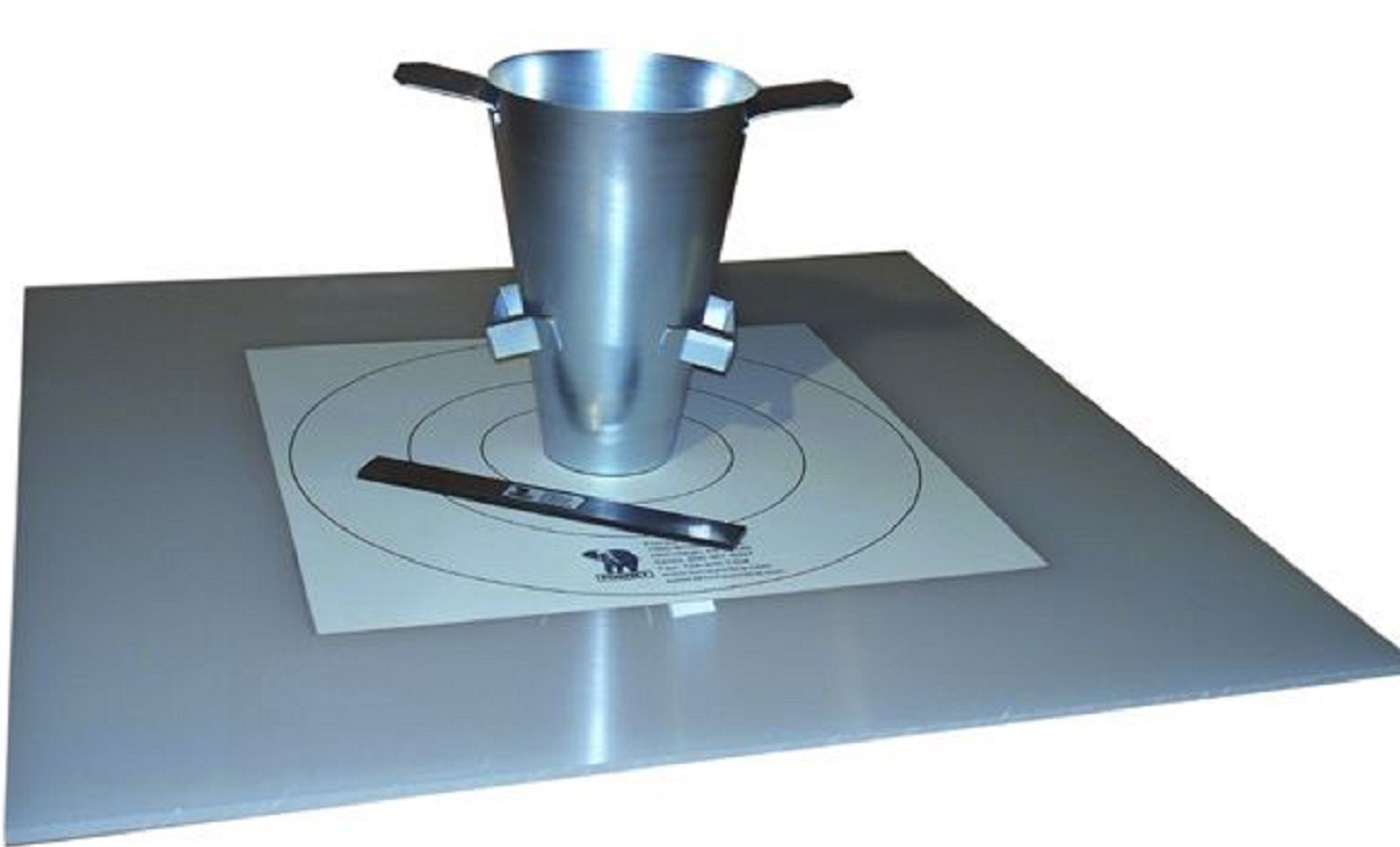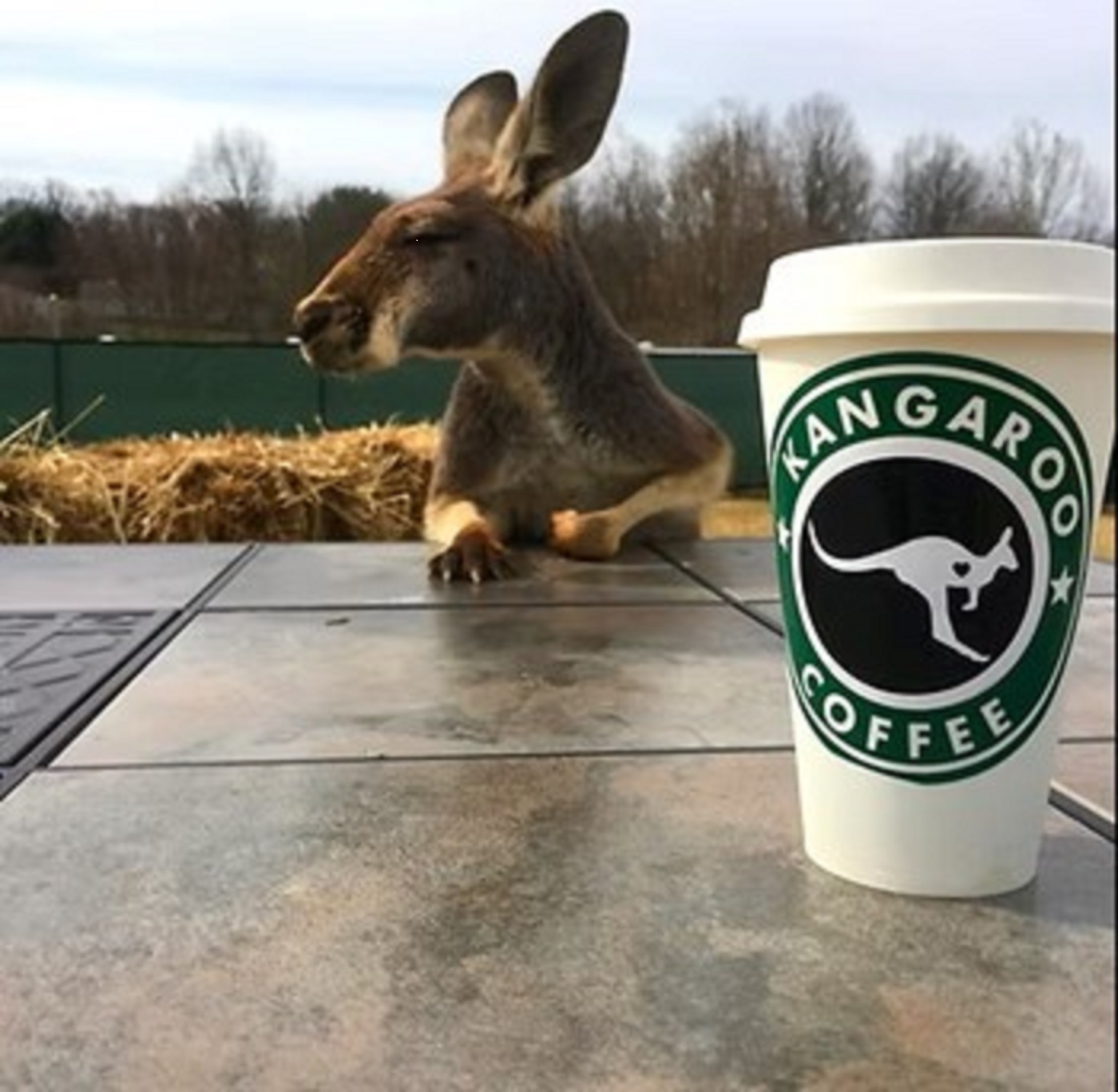Brian Brenner, P.E., F.ASCE, is a professor of the practice at Tufts University and a principal engineer with Tighe & Bond in Westwood, Massachusetts. His collections of essays, Don’t Throw This Away!, Bridginess, and Too Much Information, published by ASCE Press, are available in the ASCE Library.
In his Civil Engineering Source series More Water Under the Bridge, Brenner shares some thoughts each month about life as a civil engineer, considering bridge engineering from a unique, often comical point of view.
When I was an undergraduate student (a long, long time ago), I tried staying up all night once to complete an engineering problem set. Doing a college all-nighter was a rite of passage, something you were supposed to try at least once (See Note 1). I was a pretty organized student, and I didn’t need to stay up all night. But it seemed like a social thing, and I didn’t want to miss out on the experience.
This problem set required my A-game, and I wasn’t going to succeed without assistance. So I tried a product that contained concentrated caffeine. The product was available at the campus general store, next to the Differential Equation textbooks. It was advertised to be effective and “safe as coffee” if you were able to drink about 12 large cups of black coffee simultaneously, in one serving, without breathing.
After using the product, I felt perky and astute. My engineering comprehension increased by about 47%. I was energized and able to both complete the problem set by sunrise and the college ritual of staying up all night to do homework. A drawback was that I started to hallucinate. As smoke poured from my overheated calculator, I watched as elephants marched out of the wall. In a way, this hallucination was prescient, since now I am a Tufts University professor and elephants serve as the Tufts Mascot. Fortunately, these elephants are mostly stationary and do not march out of walls.

Recently, caffeine (in coffee) has found new uses in addition to keeping engineering students up all night. Researchers at RMIT University in Melbourne, Australia, have looked at using spent coffee grounds as an additive to a concrete mix. The modified coffee grounds replaced some of the sand aggregate in the mix. The resulting coffee-concrete mix was calculated to be 30% stronger. The mix was also thought to be 25% more alert (see Note 2). In their project, researchers poured a coffee-concrete walkway working with a local highway agency.
 Pete Glenane, HiVis Pictures
Pete Glenane, HiVis Pictures Coffee-concrete is reported to offer benefits related to sustainability. For the concrete walkway, it was noted that 5 tons of spent coffee grounds (about 140,000 cups of coffee) were processed by pyrolyzation, where the grounds are heated to 350 degrees C. This converted the material into 2 tons of “biochar,” which was used to replace some of the sand in the mix. The pyrolyzation procedure removed some organics that would interfere with the chemical heat of hydration action of a curing concrete mix. With successful reuse of the spent grounds, there was no need to dispose of them in a landfill where they would have taken up space and led to release of methane gas.
This seems like an innovative use for otherwise dumped coffee grounds. However, I wondered about some other potential issues that may be associated with coffee-concrete. These supplemental issues do not appear to have been as thoroughly studied as part of the initial project. But I share with you some speculation about their impacts.
Consider, for example, the use of coffee grounds in self-compacting concrete. SCC is a relatively new type of concrete mix that can be poured and cast without additional vibration. The mix tends to be much more fluid than traditional concrete through use of additives, and it is therefore easier to place and form.
New field tests have been developed to measure the quality of SCC. Traditional concrete mixes have used a slump test to evaluate workability. The wet mix is poured into a standard cone, and how much the mix “slumps” when the cone is removed helps determine whether it is acceptable.

However, a slump test would not work for self-compacting concrete because the mix is very fluid and not stiff enough to stand up after the cone is removed. Instead, SCC is measured by a spread test where a prescribed amount is poured on a bullseye pattern and the amount that the mix spreads helps to determine its viability.

A question arises about how coffee grounds might affect an SCC mix. Due to the additional caffeine, the mix may be more perky than a noncaffeinated mix. In that case, the amount of spread in the test would need an adjustment factor to account for additional spread. However, care needs to be taken to specify regular coffee when using adjustment factors. If decaffeinated coffee grounds were used, the spread test results probably should not be adjusted.
A similar issue arises when using spent grounds from flavored coffee. In particular, the coffee industry has experienced an explosive growth in consumption of pumpkin spice lattes. These used coffee grounds need to go someplace, and where better to put them than in a concrete mix? However, pumpkin spices may have indeterminate effects on the overall concrete-coffee mix behavior, and further research is warranted. In absence of more detailed research, we can speculate on the general and known impacts of pumpkin spice lattes and then try to extrapolate those effects to coffee-concrete. For example, pumpkin spice lattes are known to increase mass and volume when heavily consumed. So we may conclude that when using pumpkin spice coffee grounds in a concrete mix, a volume correction factor may be needed to compensate for the increased volume.

The walkway described in this article was constructed in Australia. When working with concrete, a uniquely Australian problem is a concern for kangaroos jumping across wet concrete. Evidently, this happens more often than you would think. A video shows such an incident where a kangaroo hopped across a freshly poured concrete sidewalk. It is possible that coffee-concrete could help to deter this unfortunate behavior since apparently, kangaroos do not like coffee. However, the value of deterrence could be limited if pumpkin spice latte grounds were used instead of black coffee. This is because almost everyone likes pumpkin spice lattes.
As an aside, note that the Sydney Harbor Bridge, opened in 1932, did not use coffee-concrete. That could explain why the exposed concrete in the arch posts appears more relaxed and less anxious.
 JJ Harrison
JJ Harrison Researchers at RMIT noted that the process for developing coffee concrete showed promise for recycling many other types of organic waste, not just coffee grounds. Avoiding the placement of organic wastes in landfills helps to reduce greenhouse gas emissions. The research team is looking to commercialize the techniques developed on the project and work with industrial and construction partners for additional uses of biochar.

Notes
(1) The discussion refers to college academic all-nighters.
(2) The degree of concrete alertness was not measured as part of the original research project.
References
https://www.rmit.edu.au/news/all-news/2024/oct/coffee-concrete
(assessed November 2024)
https://www.fastcompany.com/90963220/adding-coffee-grounds-to-concrete-makes-it-30-stronger
(assessed November 2024)
(assessed November 2024)
(assessed November 2024)
https://www.sciencedirect.com/science/article/pii/S0959652623023636
(assessed November 2024)
(assessed November 2024)
(assessed November 2024)
https://www.quora.com/Do-kangaroos-have-a-preference-for-coffee
(assessed November 2024)



